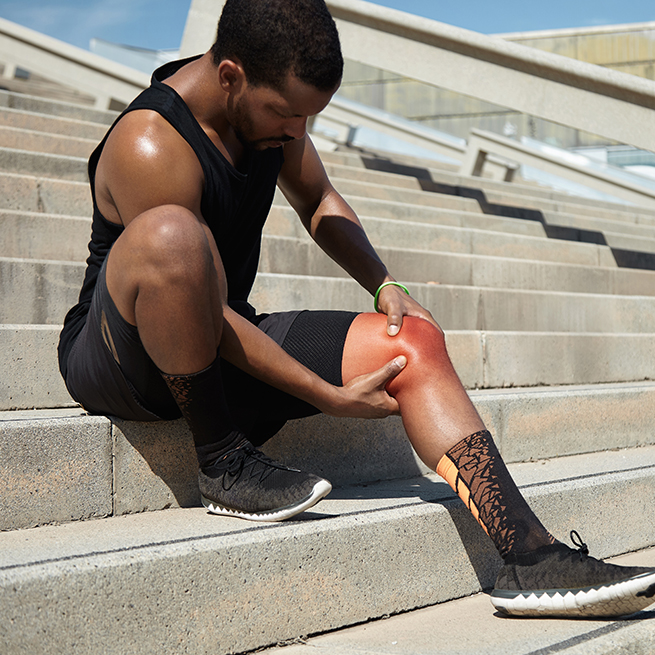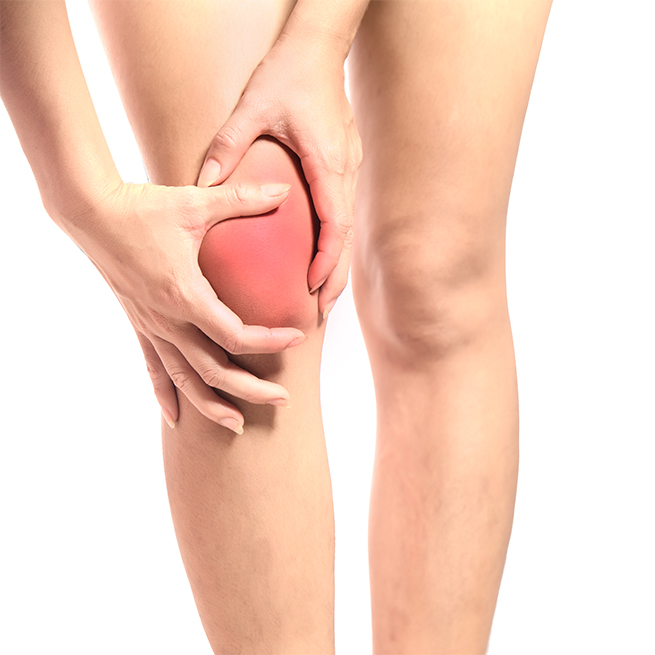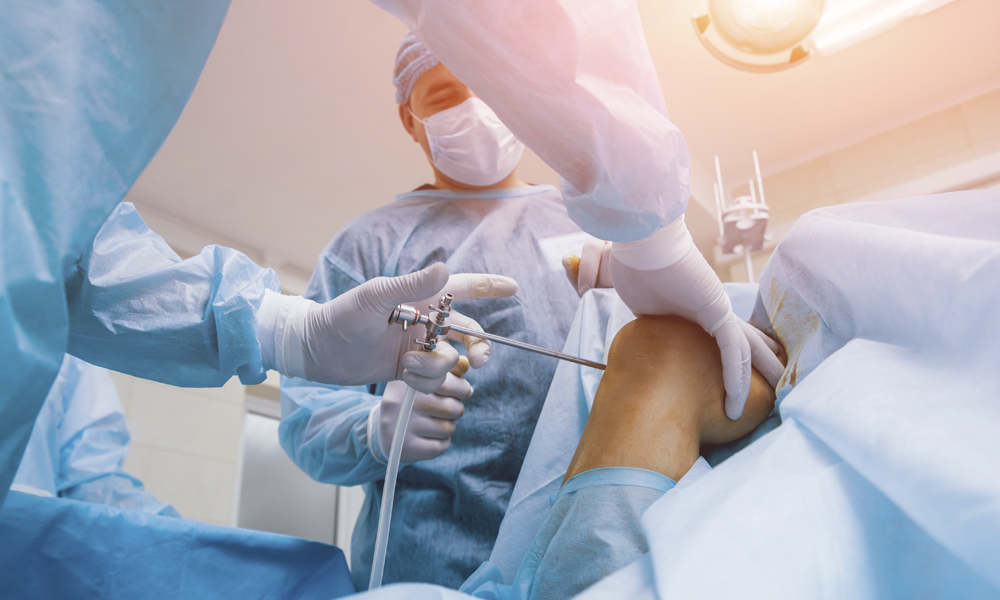-
 Toll Free No 9146-744-744
Toll Free No 9146-744-744 - Appointment
Anterior Cruciate Ligament (ACL) is situated in such a way that the lower shinbone doesn’t override the thigh bone. This ligament gives the main strength to the knee joint. It’s a forward locking system built into the knee joint which allows you the strength to stop forward motion and assists in the twisting and turning movements. Naturally, any movement which gives sudden excessive pressure over the ACL will result in injury. The most common cause is accidents, falls, and sports injury. It needs immediate expert care for better outcomes.




ARTHROSCOPIC ACL RECONSTRUCTION
The minimally invasive ACL Reconstruction surgery takes less time and has smaller incisions than traditional open surgery. Repairing a torn ACL is done by a tissue graft which is taken to reconstruct the ligament. The tissue graft is taken from: The patient’s hamstring tendon, The patient’s quadriceps tendon, The patient’s patellar tendon After the surgery, the patient is kept under observation for a day or two depending on various other parameters. Medication such as antibiotics, anti-inflammatory and pain killers for short duration are given. Detailed physiotherapy plan and diet charts are given before discharge.
IMMEDIATELY AFTER INJURY RICE I.E. FOLLOWING MEASURES ARE TO BE TAKEN
R - Rest to the knee joint. Avoid standing, walking, or running till complete relief I - Ice packs are applied every day for 20-30 minutes multiple times to alleviate pain and swelling C - Compression bandage by crepe bandage or elastic strappings for decreasing the swelling E - Elevating the knee above the waist will help reduce the swelling


It will take three to six months to recover from ACL surgery.
Reconstructive surgery is not urgent and can be delayed by deciding the personal schedules. During this time sports and change of direction activities should be avoided. Straight-line fitness activities can be done during this time.
For the injuries such as a meniscal tear which might be suitable for repair, then it is always advised to have surgery at the earliest.
There are various types of graft tissues but the commonest in use today is hamstring tendon tissue.
You are not fit to drive until six weeks after the surgery. You can drive an automatic car after three weeks. To test if you are fit to drive, you should be able to stand on 1 leg for 1 minute.
Swimming and exercise can be started six weeks post-surgery. Jogging starts approximately 12-14 weeks post-surgery. A return to competitive activities is at 10 months post-surgery.
You will need the support of crutches to walk and stand for a few days after surgery. The rehabilitation and physical therapy program would aim to rid you of crutches in 1 to 2 weeks maximum seeing the severity of your injury.
Nonsurgical treatments include bracing and physical therapy:
Bracing: By implementing a brace around your knee will help it to be stable. The patient has to use crutches to balance the weight.
Physical therapy: Various exercises will help the knee function and will also help strengthen the leg muscles around it.
You could get stitches which are removed within two weeks after the surgery. ACL reconstruction is a minimally invasive procedure. No large incisions are essential for surgery thus, eliminating the need for several stitches.
If you put pressure on your hurt leg, you may notice that it’s difficult to walk normally. Some people find that knee joints feel loose with less range of motion. After ACL tear, it is likely that you won’t be able to blend your knee.
Many insurance companies provide coverage for ACL/PCL Tear surgeries after a period of few years. Our HospiOne Team can guide you perfectly in this scenario.
OUR PROCESS IS EASY contact us for More information.
Copyright © 2023 hospione.com - All Rights Reserved | Developed by Digital Marketing StudioGenix LLP